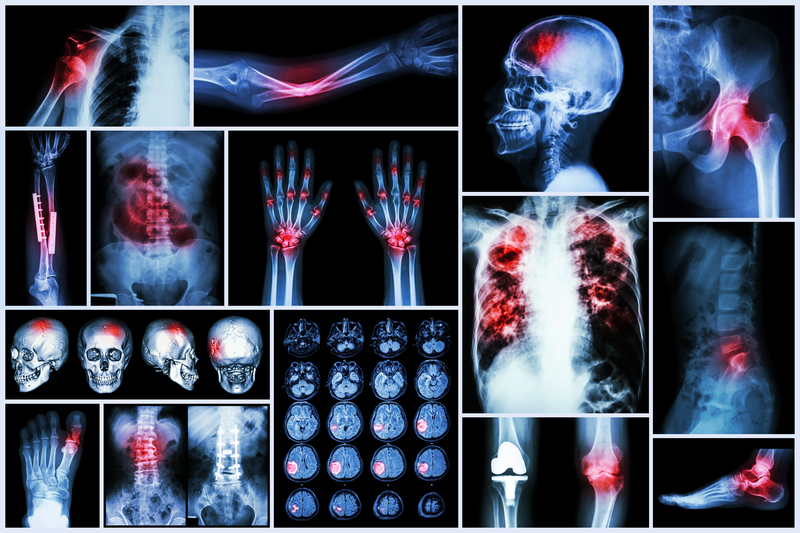
Oct 7, 2012 | Effectiveness
Conclusion: Fewer studies have been published recently. More of these have investigated effect at the multi-community, state or even national level. The dmf/DMF index remains the most widely used measure of effect. % CR were lower in recent studies, and the ‘halo’...

Dec 28, 2011 | Effectiveness
Conclusion: The results of this study support existing work suggesting water fluoridation together with the use of fluoridated dentifrice provides improved caries prevention over the use of fluoridated dentifrice alone. The social gradient between caries and...

Nov 11, 2011 | Osteosarcoma
Results: We found no sex-specific statistical differences in the national incidence rates in the younger groups (5–9, 10–14), although 15–19 males were at higher risk to osteosarcoma than females in the same age group (p < 0.001). Sex and age group specific...

May 10, 2011 | Osteosarcoma
The association between fluoride and risk for osteosarcoma is controversial. The purpose of this study was to determine if bone fluoride levels are higher in individuals with osteosarcoma. Incident cases of osteosarcoma (N = 137) and tumor controls (N = 51) were...

Mar 24, 2011 | Osteosarcoma
The incidence of osteosarcoma in Northern Ireland was compared with that in the Republic of Ireland to establish if differences in incidence between the two regions could be related to their different drinking water fluoridation policies. Data from the Northern...

Nov 23, 2010 | Bone Fracture
Many decades of epidemiological studies have shown minimal evidence of any effects of fluoride administration on bone, and it is therefore very unlikely that municipally fluoridated water affects adults with healthy bone. In this study, no effects of fluoride on...







